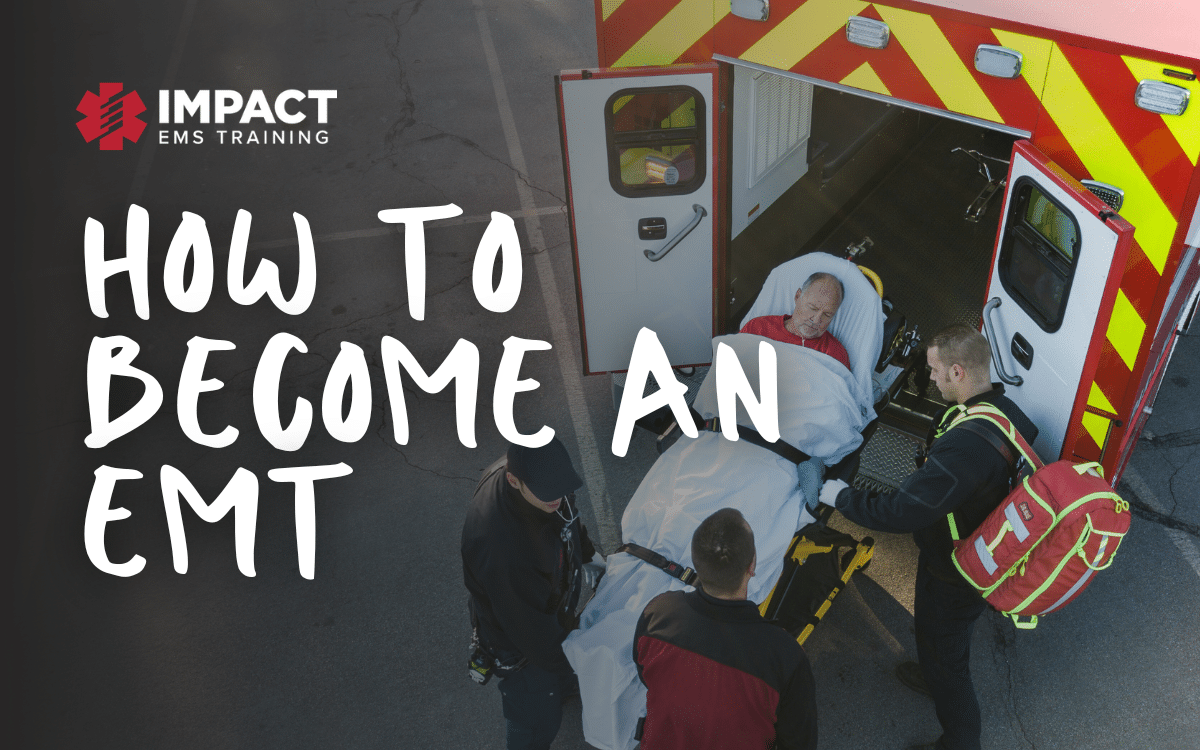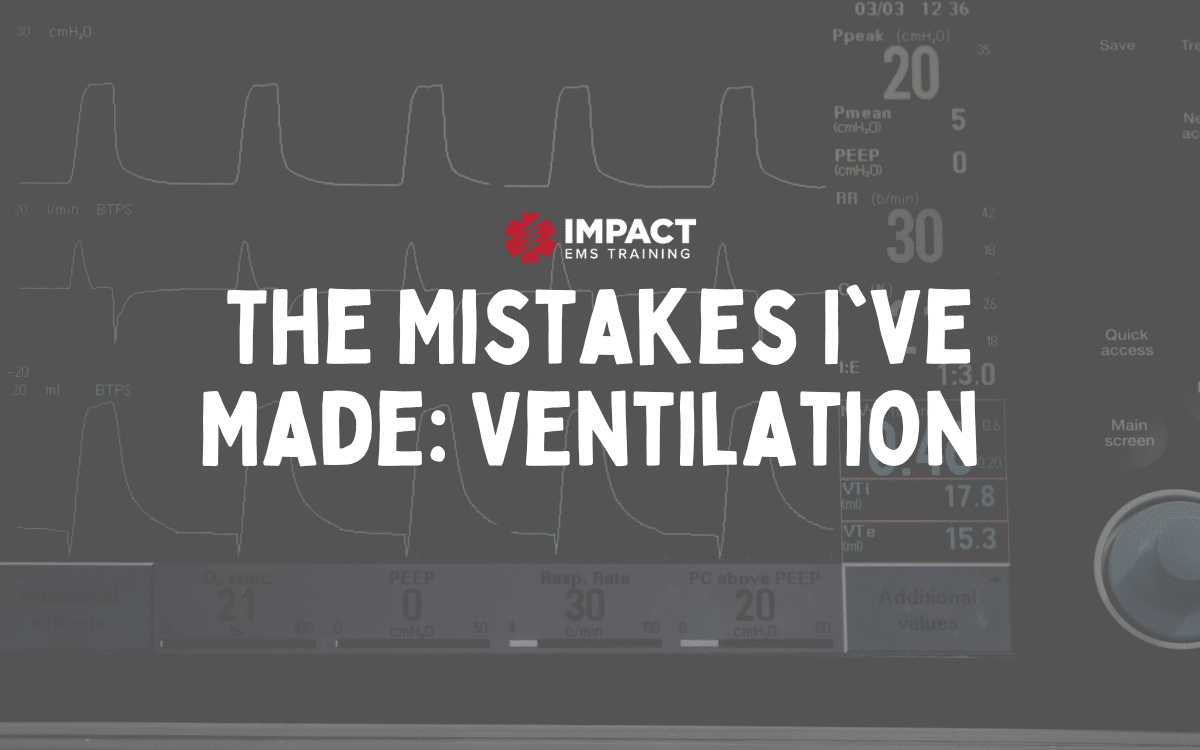Bro, Do You Even Clamp?
By, Jaren Jarrell FP-C, NRP
How many times has a physician or respiratory therapist looked at you curiously while clamping an ETT? I can honestly say for myself, every single time. Then on the other hand the respiratory therapist is rushing to swap circuits so fast, theirs is off before I can turn the ventilator on. Has this been a practice within your program before COVID-19? The once already standard was reintroduced during COVID-19, to reduce viral exposure by clamping ETT while swapping circuits. This is something that we should be doing on all vent patients, do you know why?
This brings to light one of my favorite topics; PEEP and alveolar recruitment. We have all seen the video of pig lungs and how adding 3-5 mmHg of external PEEP is beneficial to create and maintain recruitment compared to no PEEP. These examples are in healthy lungs, where atelectasis and overdistension are not present. In severe lung injuries like ARDS and COVID-19, lungs are impaired with widespread consolidation and poor alveolar compliance. Intrinsic PEEP levels are low, in turn affecting their ability to oxygenate. Appropriately oxygenating these patients is a battle between high levels of PEEP and the negative effects of PPV like barotrauma and decreased venous return. This is why you will see lower tidal volumes with extreme levels of PEEP. It’s important to understand that alveolar recruitment is detrimental in oxygenation. In acute lung diseases, unaffected alveoli can be scarce. It’s important to recruit and maintain all that we can get.
There is an argument that clamping your ETT may not be indicated in every patient. Say you have a patient that suffered a serious CVA and needed intubation due to a “failure to protect” standpoint. Clamping may not be indicated for this patient. This patient does not normally have an oxygenation issue. The PEEP lost in this patient can be quickly regained and should not be an issue. Clamping becomes beneficial when there are significant issues involving oxygenation and recruitment.
For a more common example, think about when compressions are paused during CPR. You lose all the CPP you had worked so hard for, with time you will make up that lost perfusion pressure but initially it’s lost. Now translate that to a circuit disconnect and the loss of PEEP and FRC. It will again take time to recruit those lost alveoli. This is especially important is severe lung disease processes like ARDS and COVID-19.
“Disconnection was associated with a dramatic drop in functional residual capacity of up to 58% in lung‐injured pigs.” (McCormick.)
Now if you hop aboard the Twitter train, you will find clinicians from all levels explaining the negativity of clamping an ETT. What if you forget? What if you damage the tube? You will cause NPPE (Negative pressure pulmonary edema). Why can’t you just re-recruit? It’s not that big of a deal!
When we are faced with a patient that presents with bilateral infiltrates, PaO2 of 50mmHg, FiO2- 100%, PEEP- 20, and P/F ratio <100, this isn’t the time to try and “re-recruit”.
“Derecruitment can be minimized with proper ETT clamping technique prior to disconnection from the ventilator.” (Madden et al.)

STEPS TO ETT CLAMPING
- Make sure the patient is properly sedated and/or paralyzed
- Improperly sedating/paralyzing your patient can lead to NPPE
- Set proper ventilator settings, matching initial PEEP
- Clamp ETT at the end of the inspiratory phase
- ECMO clamp is preferred (Turbil et al.)
- Use tape or 4×4’s to prevent damage
- Connect the new circuit, RELEASE CLAMP
Healthy lung recruitment that is lost can be easily fixed. A patient with significant damage, low compliance, high resistance, etc. can be hard to recruit and regain adequate oxygenation. It’s worth mentioning that there is not a plethora of “scientific data” that supports clamping ETT. Most findings are noted in observational settings like cadaver labs. As long as you are methodical in doing this procedure it is safe for the patient. So before your next ventilator patient transfer, remember to clamp your ETT to maintain that PEEP and alveolar recruitment that you worked so hard to get.
References
- McCormick, T. (2010, July 5). Clamp to prevent collapse. Retrieved June 4, 2020, from https://onlinelibrary.wiley.co…
- Hess, D. R. (2015, November 01). Recruitment Maneuvers and PEEP Titration. Retrieved June 19, 2020, from http://rc.rcjournal.com/content/60/11/1688#sec-2
- Madden, M., Andrews, P., Lear, G., & Habashi, N. (2016). CLAMPING THE ENDOTRACHAEL TUBE USING OPTIMAL CLAMPING TECHNIQUE PRIOR TO DISCONNECTION MAINTAINS AIRWAY PRESSURE REDUCING RISK OF DERECRUITMENT. Respiratory Care, 61(10), OF42-OF42. Retrieved June 18, 2020, from http://rc.rcjournal.com/sites/… Forum/AARC 2016_OF.pdf
- Nickson, C. (2019, March 30). Intrinsic PEEP • LITFL • CCC Ventilation. Retrieved June 19, 2020, from https://litfl.com/intrinsic-peep/
- Turbil, E., Terzi, N., Schwebel, C., Cour, M., Argaud, L., & Guérin, C. (2020, March 11). Does endo-tracheal tube clamping prevent air leaks and maintain positive end-expiratory pressure during the switching of a ventilator in a patient in an intensive care unit? A bench study. Retrieved June 18, 2020, from https://www.ncbi.nlm.nih.gov/p… prevent this from occurring.
Impact EMS offers accredited certification and refresher courses in one trusted location. Fully prepare for certification exams and maintain licensure with skill building credits.






